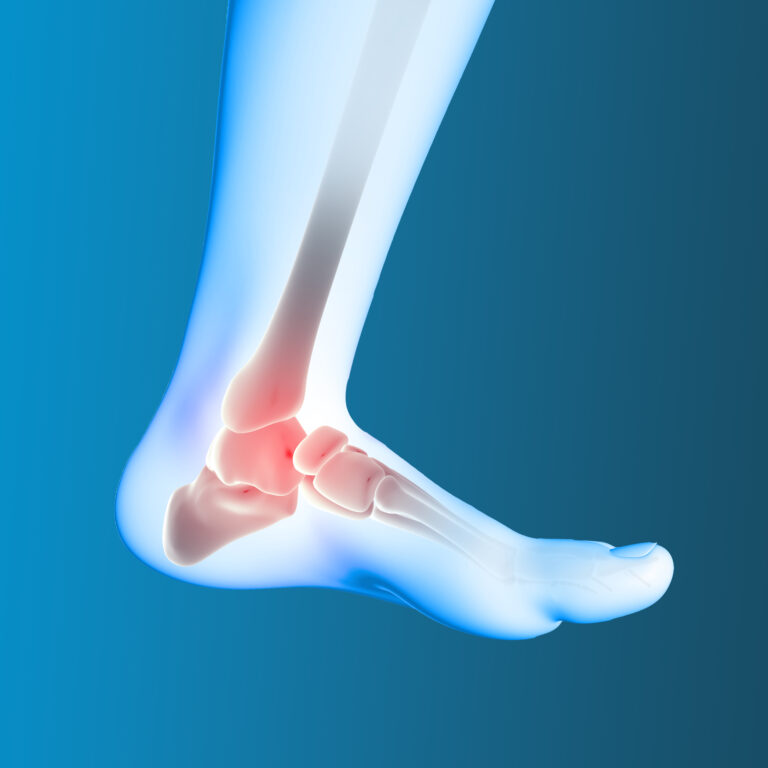Robotic technology is transforming joint replacement surgery, which has a significant effect on the results of knee replacements. This cutting-edge method has benefits for the patient as well as the surgeon, giving them confidence during the whole surgical process. Robotic technology is revolutionizing knee replacement from preoperative planning through the actual procedure and postoperative rehabilitation. Patients should be aware that having a robotic knee replacement does not imply having the procedure done by a robot. The robotic arm is a vital tool that your surgeon will employ for careful preoperative and intraoperative planning.
- Improved Accuracy: Surgeons can perform knee replacement surgery with increased accuracy and precision by using the robotic arm and 3D model. By doing this, the knee implant can be fitted by the surgeon with more balanced soft tissues and straighter bone alignment.
- Tailored Attention: Surgeons can tailor a surgical strategy to each patient’s unique requirements since each patient’s unique anatomy is mapped out using a 3D model. Without the help of a robotic arm, this kind of individualized treatment would not be feasible.
- Very Little Invasion: Due to the robotic arm’s restriction to operating inside a predefined surgical boundary, which minimizes excessive damage to nearby tissue while shielding soft tissue and ligaments from needless harm, robotic-assisted knee replacement surgery is considered minimally invasive.
- Decreased Risk of Complications: There is never a higher risk of complications with robotic surgery. Less harm is done to surrounding tissue, including tendons, ligaments, and blood arteries, because of the robotic arm’s precision and pre-determined surgical region.
- Improved Surgical Results: When compared to manual surgery, the Total Knee has been shown in multiple recent trials to produce better results, including reduced pain and faster recovery times.
In conclusion, robotic-assisted knee replacement surgery offers numerous benefits, including improved accuracy, tailored treatment, minimal invasion, and reduced risk of complications. Studies have shown better outcomes compared to traditional surgery, with less pain and faster recovery. While robotic technology enhances the surgical process, the expertise of the surgeon remains crucial. Patients considering this approach should consult with a healthcare professional to determine the best option for their needs. Embracing this innovative technology can lead to improved joint health, mobility, and overall quality of life.
Disclaimer: The information provided in this blog post is for general informational purposes only and should not be considered professional advice. Before making any health-related decisions, consult with a qualified healthcare professional. The content is not a substitute for medical advice, and individual results may vary. The author and website are not responsible for any consequences arising from the use of the information provided. Use your best judgment and seek professional advice when needed.

